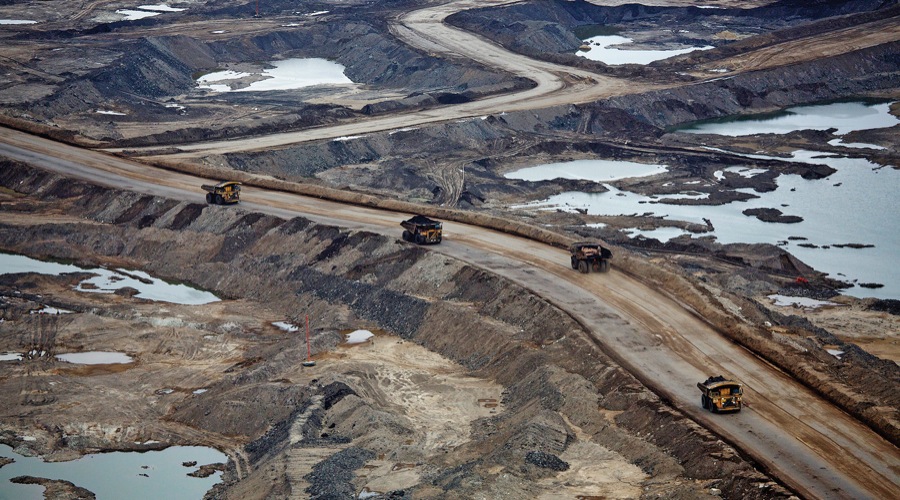
Canada’s recent changes to electricity generation, such as reducing coal use and nuclear reactors reaching the end of their economic life, threaten the self-sufficiency of some provinces, a new report by the International Energy Agency (IEA) warns.
The country, one of the most energy-intensive nations belonging to the IEA, also faces new challenges from an increasing competition between North American Free Trade Agreement (NAFTA) members to export crude oil, the energy watchdog warned in its report, published Thursday.
“This trend is increasingly supported also by the fact that the Keystone XL expansion project did not receive approval by the U.S. Administration President Obama in November 2015,” the IEA said its first in-depth review of Canada’s energy industry and policies since 2009.
Increasing competition means Canada will likely need to find additional export markets outside North America for a growing proportion of its oil exports in future, the IEA warns.
Mexico is also becoming a threat, as the government has decided to boost its oil sector, by opening the industry up to private firms for the first time in more than 80 years.
The heightened competition means Canada will likely need to find additional export markets outside North America for an increasing proportion of its oil exports in future, the IEA warns.
The agency suggests that Canada should develop a federal strategy to help coordinate the work being done by industry and provincial governments. Such a policy would focus on clean energy technologies, carbon capture and storage and environmentally beneficial methods for unconventional oil and gas production.
“This will contribute to reducing the environmental impact of energy use and production, as well as the cost of natural resource development, notably for oil-sands operations,” the report states.
Canada’s oil heart keeps bleeding
On Wednesday, the province of Alberta — the heart of Canada’s oil sands industry — warned that this year’s deficit would be $6.3 billion. That’s up $200 million from the October budget projection.
If that sounds bad, wait until you read this: the dramatic and sustained rout in oil prices has doubled Alberta’s deficit projection for next year to more than $10 billion.
“Projections for a quick recovery have proven wrong. There’s no minimizing the impact that low oil prices are having on people’s jobs, on our economy and on the government’s fiscal situation,” Finance Minister Joe Ceci said in a statement.
“This is a once in a generation challenge and we are now faced with stark choices,” Ceci noted.
Since the last provincial budget in October 2015, oil prices have continued to fall. The government was expecting $61 oil for 2016-17, but it is now forecasting around $40 per barrel.
Watch Finance Minister Joe Ceci releasing updated budget numbers amid oil price slump: